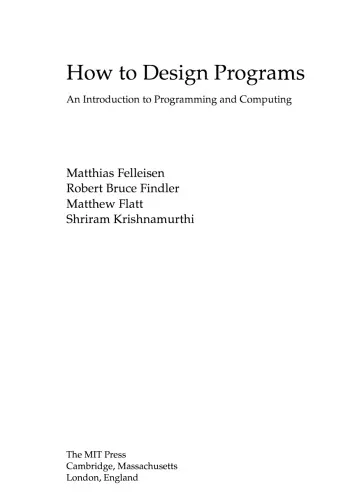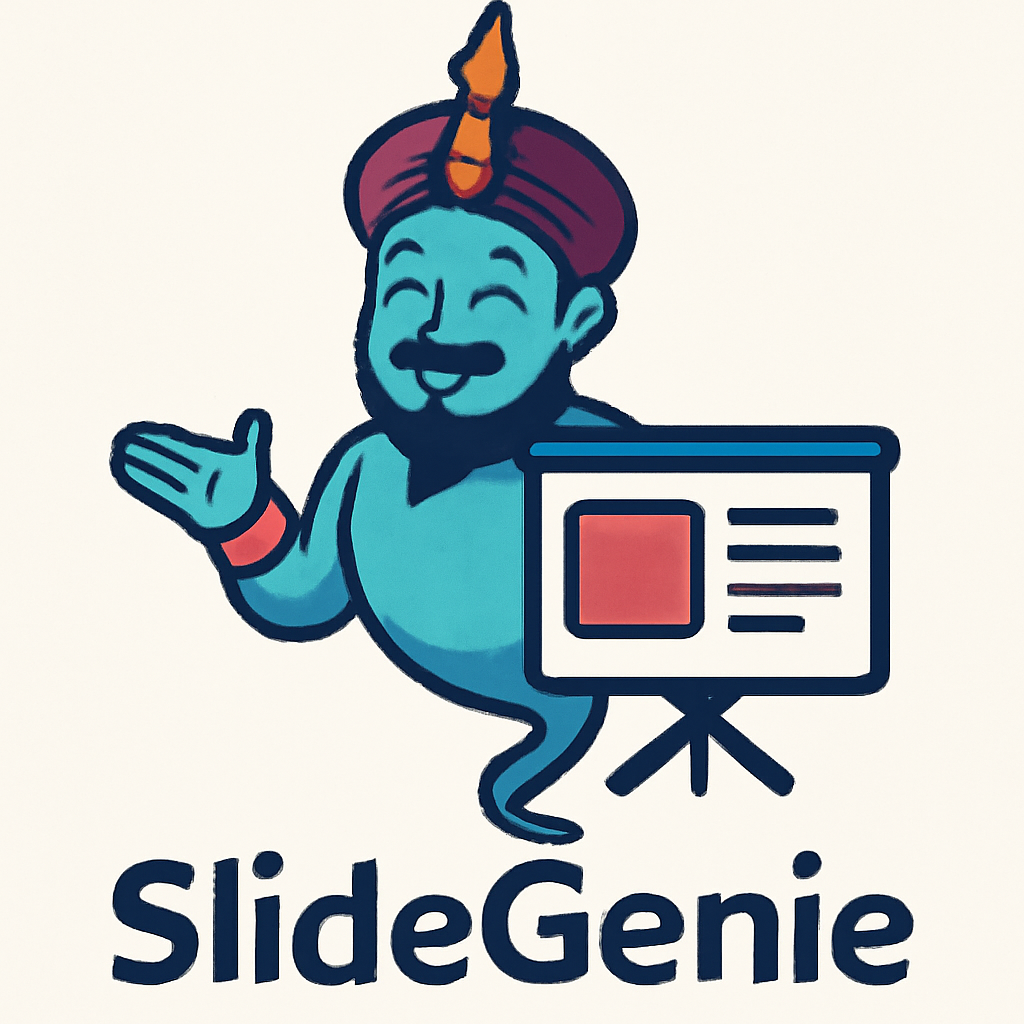How to Design Programs. An Introduction to Computing and Programming
4.6
Reviews from our users

You Can Ask your questions from this book's AI after Login
Each download or ask from book AI costs 2 points. To earn more free points, please visit the Points Guide Page and complete some valuable actions.Introduction to 'How to Design Programs: An Introduction to Computing and Programming'
Welcome to the comprehensive guide to understanding the intricate design of computational programs. "How to Design Programs" is an essential reading for those who wish to gain a deep insight into the world of programming, emphasizing systematic program design.
Detailed Summary of the Book
The book "How to Design Programs: An Introduction to Computing and Programming" offers a unique perspective on learning how to program. Authored by Felleisen Matthias, Findler Robert Bruce, Flatt Matthew, and Krishnamurthi Shriram, this book shifts the focus from mere coding proficiency to understanding the art and science of program design. The authors aim to cultivate a mindset of developing logically sound programs by presenting concepts systematically.
Structured to cater to beginners with little to no experience and even seasoned programmers looking to solidify their foundational skills, the book delves into the fundamentals of program decomposition, data-driven design, and the use of recursion. It introduces readers to the design recipe, a systematic approach to solving programming problems that promotes clarity and precision.
With a pedagogical approach, the book aligns programming concepts with curriculum, supporting educators in crafting an effective learning experience. The sections include numerous exercises, giving readers ample opportunity to apply their newfound skills and reinforcing learning through practice.
Key Takeaways
- The importance of systematic program design for crafting reliable and maintainable code.
- How to methodically break down complex problems into manageable segments.
- The role of recursion in solving repeated tasks efficiently.
- Strategies for data-driven program development.
- The concept and application of the design recipe in problem-solving.
Famous Quotes from the Book
"A program is a human-readable essay on problem analysis and data description."
"Designing a program is more than just writing lines of code; it's about problem-solving with a structured approach."
"Teach a man to fish, and you feed him for a lifetime; teach a programmer to design, and you empower him to solve complex problems sustainably."
Why This Book Matters
In the ever-evolving landscape of technology and software development, understanding the principles of designing programs is more critical than ever. "How to Design Programs" stands out as a pivotal resource that bridges the gap between programming theory and practical application. By promoting a disciplined approach to program design, the book elevates the programmer's ability to tackle complex challenges through strategic thinking.
This book matters not just for students and educators but also for self-taught programmers and industry professionals who wish to enhance their ability to craft clean, efficient, and maintainable code. It empowers readers to think critically about programming challenges, making them better equipped to contribute innovative solutions in their respective fields.
In the words of its authors, it offers more than just a path to learning coding. It paves the way for developing a mindset rooted in systematic thinking and creative problem-solving—qualities that are invaluable in any tech-driven role. Ultimately, "How to Design Programs" is not just a handbook; it is a transformational guide to becoming a thoughtful and skilled programmer.
Free Direct Download
You Can Download this book after Login
Accessing books through legal platforms and public libraries not only supports the rights of authors and publishers but also contributes to the sustainability of reading culture. Before downloading, please take a moment to consider these options.
Find this book on other platforms:
WorldCat helps you find books in libraries worldwide.
See ratings, reviews, and discussions on Goodreads.
Find and buy rare or used books on AbeBooks.
1090
بازدید4.6
امتیاز50
نظر98%
رضایتReviews:
4.6
Based on 0 users review
"کیفیت چاپ عالی بود، خیلی راضیام"
Questions & Answers
Ask questions about this book or help others by answering
No questions yet. Be the first to ask!


